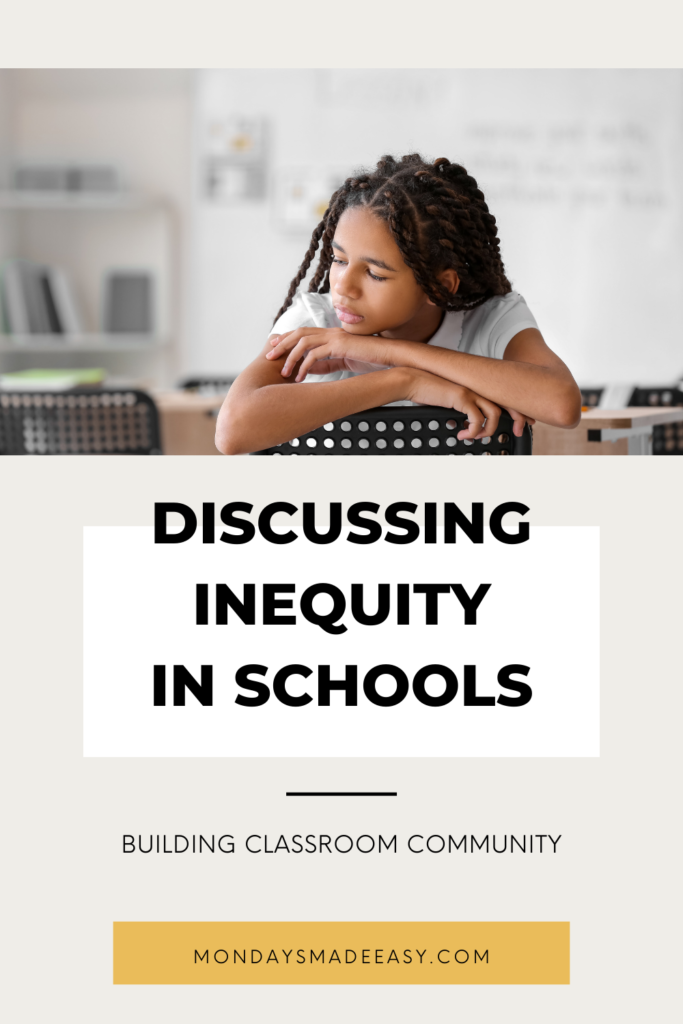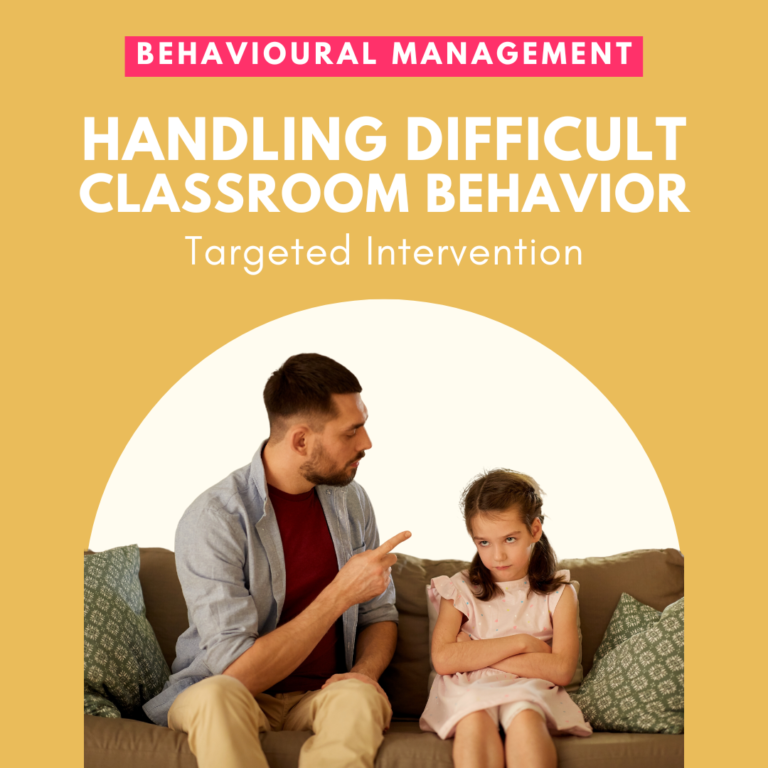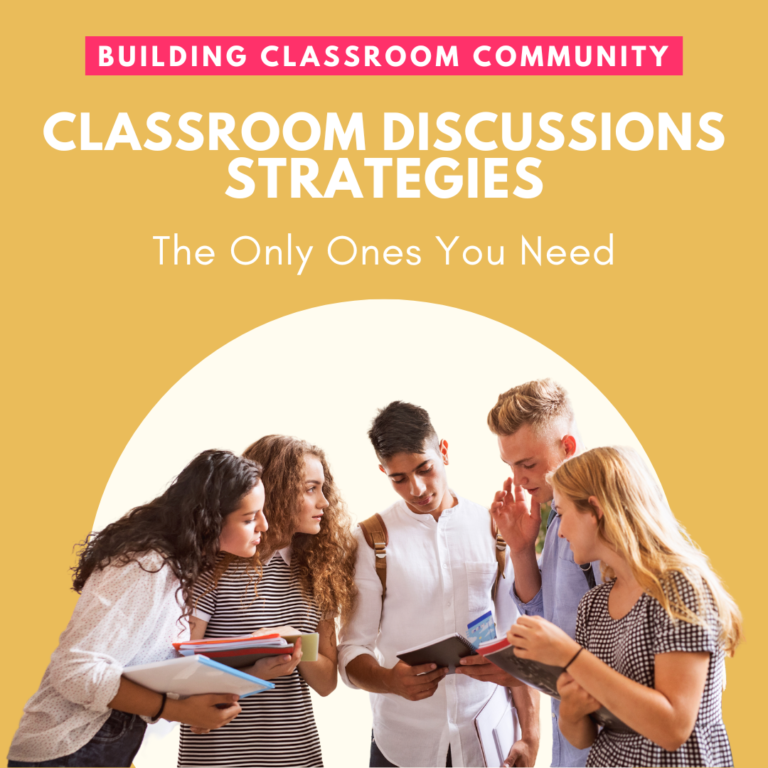The recent revival of the Black Lives Matter movement has many of us revisiting our professional practices, personal experiences, and cultural views. This blog post will begin by examining the role of educational institutions in perpetuating inequity. It will also provide strategies for an anti-racist classroom and offer some reflection on research-based practices.

I’d like to take a moment to communicate my intention of sharing this information with you. I’m not here to judge your pedagogical practices. I trust that you know what is best for your classroom and your school.
I’m sharing this information today in response to my own prior practices. I think it is important for us to normalize acknowledging our own mistakes. It took unlearning to identify my own errors, and recognize that I, too, have perpetuated inequity through my teachings.
This was a difficult fact to accept. As an English teacher, I wanted my students to engage with the political realities of our world. Additionally, the emotional environment of my classroom is always been my priority. But as you probably know, equity is not about our intentions.
As Layla F. Saad puts it, “if you do not see yourself as part of the problem, you cannot be part of the solution.” We are all in different places when it comes to addressing inequity in our classrooms. But one facet that we all share in common is that we all work within a colonial institution. As colonial institutions, schools can be oppressive spaces for the global majority. While the goal of education is to uplift youth, the institutional nature of schools can perpetuate inequity for BIPOC students. Building an anti-racist classroom is a critical step towards addressing these issues and supporting all students equitably.
Why are Schools Considered to be a Colonial Institution?
To state that public education in North America is colonial is simply to state that it is modeled, funded, and administrated by a governing body that is not Indigenous to the land. I will use my school board in Toronto, Ontario as an example: we are funded by the Ministry of Education, which is an organization within the Government of Ontario. The Ministry of Education also implements policies and provides curriculum for all grade levels, providing teachers and administrators with guidelines, resources, and expectations for how schools should operate. There are no implications to these statements, but rather offer a neutral illustration of how our educational institutions are constructed.

Our school system is modeled after the European school system, and schools as we know them began in the Colonial Era of North America. Not all cultures approach education in the same way. For example, formal education is not mandatory in all cultures like it is in North America. Instead of science, math, and literacy, some cultures focus on skills like horticulture and farming. From the division of primary and secondary school, to the use of a grading system, public education in North America shares a lot with the European model. Fun fact: we even borrow the term “kindergarten” from Germany.
Colonialism is further entrenched in our school system through the curriculum. Our history textbooks are told from the colonizer’s perspective, and stories often begin in Europe. While education has recently strived to incorporate Indigenous teachings, we are not founded on them, nor are we funded by Indigenous groups or influenced by their policies. With these statements in mind, we enter into a dialogue on the oppressive nature of colonial education
Why is Colonial Education Oppressive?
In a recent workshop titled Does Your Content Perpetuate Inequity? Cheyenne E. Batista shared “The Four Is of Oppression.” This description indicates that oppression is Ideological, Institutional, Interpersonal, and Internalized. On an institutional level, oppression “uses the law, legal systems, policies, and other tools to maintain the ideology.”

Institutional oppression will look different for every student in every school. I cannot speak to all of them, and as a white person of privilege, my experience is limited. But my own story of school can still offer some insight as to how oppression functions within the Canadian education system:
I remember celebrating Christmas and Easter, but not Ramadan or Eid ul-Adha. In history class, I remember watching “Canada: A People’s History” – a recollection of Canada’s history told entirely from the European perspective, with very little focus on Indigenous history or culture. In the Canadian education system, I didn’t learn about Canadian residential schools.
When education is colonial, it inadvertently prioritizes a dominant culture through representation in history, cultural teachings, and societal norms. Often times, when oppressed groups do learn their history, they either learn the incomplete version, the version isolated in the past, or the version told from the oppressor’s perspective.
As Stephanie P. Jones recounts in her article “Ending Curriculum Violence,” African-American history taught in many schools within the United States “[promotes] a sanitized version of slavery that isolates the system and its legacy within a bracket of time with only a select few perpetrators and beneficiaries.” She concludes that students are often learning the history of their culture “in ways that are ideologically violent.” To move towards an anti-racist classroom, it is essential to address these biases and strive for a more inclusive and accurate representation of all cultures and histories.
What are Some Strategies for an Anti-Racist Classroom?
Here are some strategies for fostering an anti-racist classroom and challenging inequity in your school:
Acknowledge Diverse Holidays and Celebrations
Consider the holidays that are celebrated, recognized, and acknowledged in your classroom. This goes beyond merely teaching the history of celebrations. Be sure to also allow time and space within the classroom to observe these holidays. Speak to your students about their cultural holidays and celebrations and ask them how you can best support them during these times.
Offer Inclusive Family Engagement Plans
All of our students’ parents face different circumstances. These can include working shift work, speaking a first language other than English, or being a newcomer to the country. Honor diversity in your school community by accommodating for your students’ families. Offer opportunities to connect with them through translation services, classroom visits, and alternative options for keeping in touch – a classroom blog or monthly newsletter are both great options. By implementing these practices, you contribute to creating an anti-racist classroom that values and supports every student’s cultural background and needs.
Incorporate Diversity in Classroom Literature
Questions we can ask ourselves when planning our next novel study include whether or not diverse voices and histories are shared, and most importantly, how they are shared. Are they glossed over, do they focus only on tragedy, or are they told from a singular perspective? Students of diverse backgrounds can celebrate their history in an anti-racist classroom.

Opt for a Trauma-Informed Approach to Historical Teachings
Difficult histories can be harmful to teach. A trauma-informed approach can help alleviate these challenges. As a rule, students should never be asked to reenact oppressive histories, or imitate the oppressor and oppressed. Certain topics – especially those that pertain to race, religion, and culture – should be approached with thought. If you’re unsure if your lesson is appropriate, try to reach out to a trusted colleague. Teaching Tolerance also offers free resources for educators approaching these topics in an anti-racist classroom.
Prioritize Diversity Regardless of Student Population
When I was in teachers’ college, I took a class on equity and social justice. When beginning my practicum in a rural Ontario school, I put these teachings on the back burner because my classes were entirely white. I realize now that was a terrible mistake. Firstly, I failed to acknowledge that diversity exists within white-presenting populations too. Secondly, and most importantly, all students need exposure to diversity, regardless of their identity. This prepares our students to handle anti-racism in their community, their workforce, and their global community, fostering an anti-racist classroom where every student is equipped to engage with and address issues of equity and inclusion.
Consider Educational Values and Academic Goals
Within schools, values are communicated interpersonally. They are also communicated on a larger, school-wide scale. Consider your school’s training, policies, and behavior plans. You can speak to other professionals at your school, and collectively challenge the inequity you see in your school’s framework. In addition to this, we can take a step back to consider our own values and goals for our students – do they align with their cultural beliefs, their family’s history, and their own independent values? Students should see authentic reflections of themselves within an anti-racist classroom.
Seek Student Voices
At the core of an anti-racist classroom is genuine communication with our students. Offer opportunities for your students to share their opinions, and don’t be apprehensive about receiving feedback, too – constructive criticism will inevitably benefit future curricular choices. You can construct your classroom as a collaborative space, and allow students to share their experiences and learn from one another. Mondays Made Easy offers a free set of tools for teachers and students to prepare for discussions surrounding inequality and anti-racism in the classroom.
These suggestions reflect research-based best practices for an anti-racist classroom; however, note it’s not a complete list. Looking for more information on this subject? Check out Teaching Tolerance for classroom resources, professional development, and more.
If you have any suggestions to add to the list of strategies for creating an anti-racist classroom listed above, I’d love to hear from you!




